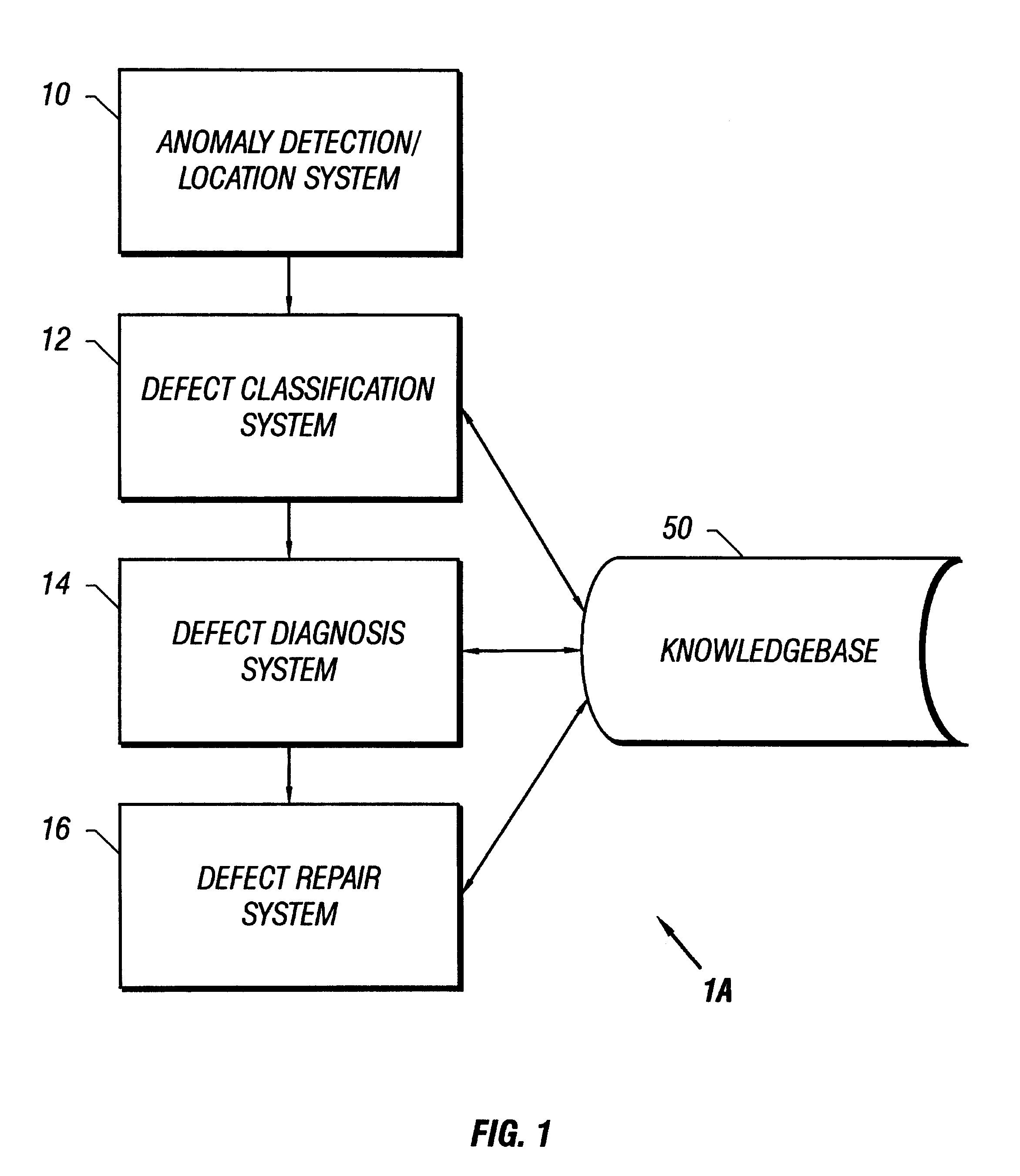System and method of optically inspecting manufactured devices
a manufactured device and optical inspection technology, applied in the direction of semiconductor/solid-state device testing/measurement, image enhancement, instruments, etc., can solve the problems of reducing the accuracy of optical inspection, and affecting the inspection accuracy of manufactured devices
- Summary
- Abstract
- Description
- Claims
- Application Information
AI Technical Summary
Benefits of technology
Problems solved by technology
Method used
Image
Examples
Embodiment Construction
The present invention provides an apparatus, system and method of optically inspecting manufactured devices. In particular, the present invention optically inspects printed circuit boards (PCBs), reliably traces components having the same color as the component background, and detects components which are not properly seated by detecting and tracing component shadows. Because it detects component shadows, it provides defect detection even when component colors or PCB colors are changed. Thus, the present invention solves the problems associated with prior art optical inspection techniques by comparing production PCB gradients to defect-free PCB gradients.
FIG. 1 is a block diagram illustrating the interrelations of sub-systems in an anomaly detection and correction system 1A. In the anomaly detection and correction system 1A there is an anomaly detection / location system 10, a defect classification system 12, a defect diagnosis system 14, a defect repair system 16, and a knowledge bas...
PUM
 Login to View More
Login to View More Abstract
Description
Claims
Application Information
 Login to View More
Login to View More - R&D
- Intellectual Property
- Life Sciences
- Materials
- Tech Scout
- Unparalleled Data Quality
- Higher Quality Content
- 60% Fewer Hallucinations
Browse by: Latest US Patents, China's latest patents, Technical Efficacy Thesaurus, Application Domain, Technology Topic, Popular Technical Reports.
© 2025 PatSnap. All rights reserved.Legal|Privacy policy|Modern Slavery Act Transparency Statement|Sitemap|About US| Contact US: help@patsnap.com



